Everything old is new again, including two-tone paint jobs. Monochromatic vehicles have become the norm in the auto industry over the past few decades. In fact, more than three in four vehicles in North America carry a single base paint. However, automakers increasingly are looking to add contrasting colors to the mix.
Two-Tone Paint Jobs – Origins
In the 1950s, automotive design featured well-known General Motors vehicles like the Chevrolet Bel-Air and Corvette in multiple color combinations. Automakers made this decision based on technological innovation and to help differentiate their vehicles from the competition — to the delight of car enthusiasts with a fondness today for a more nostalgic feel. Two-tone paint jobs also demonstrate the automotive industry’s capitalization on ever-popular product personalization.
Why Does Two-Tone Paint Cost More?
The cost of two-tone paint jobs can be significantly higher than traditional one-color jobs. This is because two-tone paint requires more paint and other products — not to mention the labor it requires to apply them. Two-tone paint requires a multistep application process that involves applying one color to the whole body, following with a clear coat, masking the car using foil to preserve the original color, applying the second tone, and then putting on an additional clear coat.
Getting in on the Two-Tone Paint Job Trend
Ford, Hyundai, Toyota, and Nissan are among the automakers experimenting with color variations on newer generation vehicles, including a return to the two-tone paint job. While polychromatic color vehicles tend to be a higher-priced option for interested customers, several SUVs hitting the market over the next year will carry this distinctive design. This shouldn’t be surprising, though, as two-tone paint jobs are a tried-and-true old favorite.
Caliber, for our part, continues to be a leader in automotive repair, including paint for chips and dents, built on our mission of Restoring the Rhythm of Your Life®.

